California is home to some of the most breathtaking mountain ranges in the United States. From the Sierra Nevada to the Peninsular Ranges, these diverse landscapes offer a wide range of outdoor activities and adventures for visitors and locals alike. Whether you're an avid hiker, a nature lover, or simply seeking a scenic drive, our California mountain ranges have something for everyone.
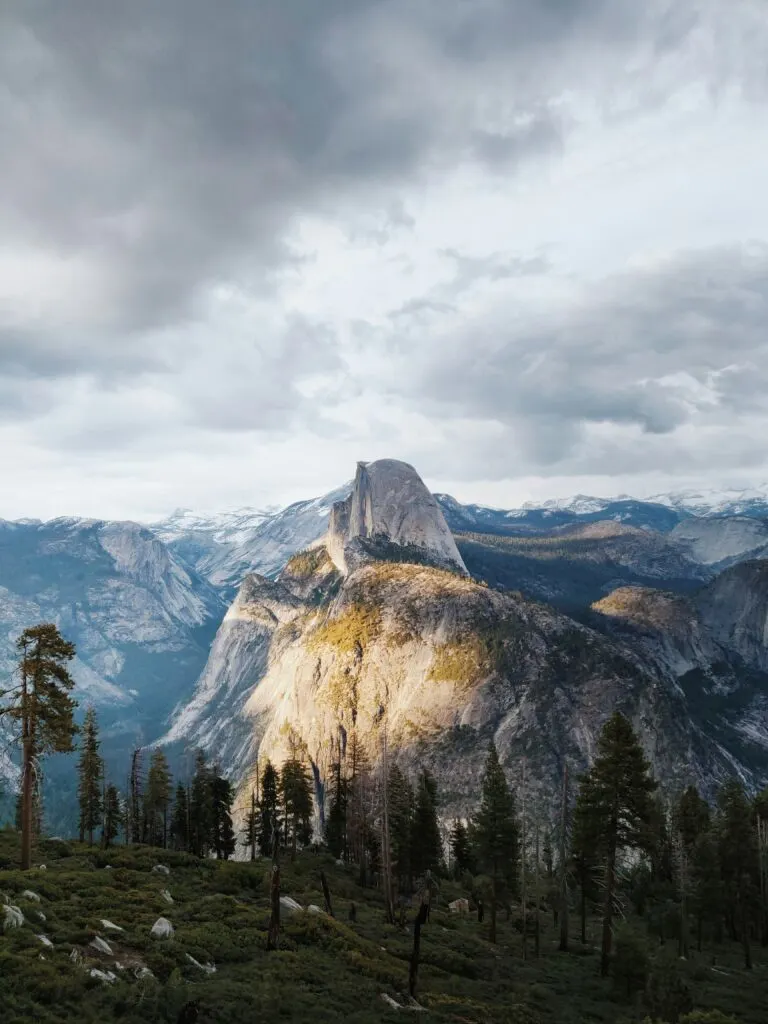
The state's mountain ranges are spread across its vast territory, with each region offering its own unique features and attractions. The California Coast Ranges, for example, offer stunning coastal views, while the Transverse Ranges are known for their rugged peaks and deep canyons. Meanwhile, the Sierra Nevada range is home to some of the highest peaks in the country, including Mount Whitney, which stands at 14,505 feet.
No matter which range you choose to explore, you're sure to be rewarded with stunning vistas, diverse wildlife, and a chance to connect with nature. So pack your bags, grab your hiking boots, and get ready to discover the natural beauty of California's mountain ranges.
California Mountain Ranges: A Guide to the State's Scenic Peaks
Geography of California's Mountain Ranges
California is a state located on the western coast of the United States, known for its diverse geography. The state is home to several mountain ranges, each with unique characteristics and features. In this section, we will explore the geography of California's mountain ranges.
Northern California Ranges
Northern California is home to several mountain ranges, including the Cascade Range, Klamath Mountains, and Coast Ranges. The Cascade Range is a volcanic mountain range that extends from British Columbia in Canada to Northern California. The Klamath Mountains are a rugged and remote range that borders the Pacific Ocean and stretches from Northern California into Southern Oregon. The Coast Ranges are a series of mountain ranges that run parallel to the California coast.
Southern California Ranges
Southern California is home to several mountain ranges, including the Peninsular Ranges and Transverse Ranges. The Peninsular Ranges are a group of mountain ranges that extend from Southern California into Baja California, Mexico. The Transverse Ranges are a series of mountain ranges that run east-west across Southern California.
Central Valley and Surrounding Ranges
The Central Valley is a vast agricultural region located in the heart of California. The valley is surrounded by several mountain ranges, including the Sierra Nevada, Coast Ranges, and Transverse Ranges. The Sierra Nevada is a large mountain range that runs north-south through Eastern California and is home to several peaks over 14,000 feet. The Coast Ranges and Transverse Ranges provide a scenic backdrop to the Central Valley and are home to several state parks and recreational areas.
Overall, California's mountain ranges offer a diverse range of landscapes and recreational opportunities. Whether you are exploring the rugged peaks of the Sierra Nevada or the coastal beauty of the Coast Ranges, there is something for everyone to enjoy.

Iconic Peaks of California
California is home to some of the most breathtaking mountain ranges in the United States, and with that comes some of the most iconic peaks in the country. Below are some of the most noteworthy peaks in California that you should consider visiting.
Mount Whitney
Mount Whitney is the highest peak in the contiguous United States, standing at 14,505 feet tall. It is located in the Sierra Nevada mountain range and offers stunning panoramic views of the surrounding area. Hiking to the summit of Mount Whitney is a challenging but rewarding experience, and it is a must-do for any serious hiker.
Mount Shasta
Mount Shasta is a majestic peak located in the Cascade Range of Northern California. Standing at 14,179 feet tall, it is the second-highest peak in the state. Mount Shasta is a popular destination for hikers, climbers, and skiers alike, and it offers a wide range of outdoor activities year-round.
Mount Rainier
Although not located in California, Mount Rainier is a notable peak in the Pacific Northwest region of the United States. Standing at 14,411 feet tall, it is the highest peak in the Cascade Range and is located in Washington State. The mountain is surrounded by a national park of the same name, which offers visitors a variety of outdoor activities to enjoy.
Whether you're an experienced mountaineer or just looking for a scenic hike, California's iconic peaks offer something for everyone. Be sure to add these peaks to your bucket list and experience the natural beauty of California firsthand.
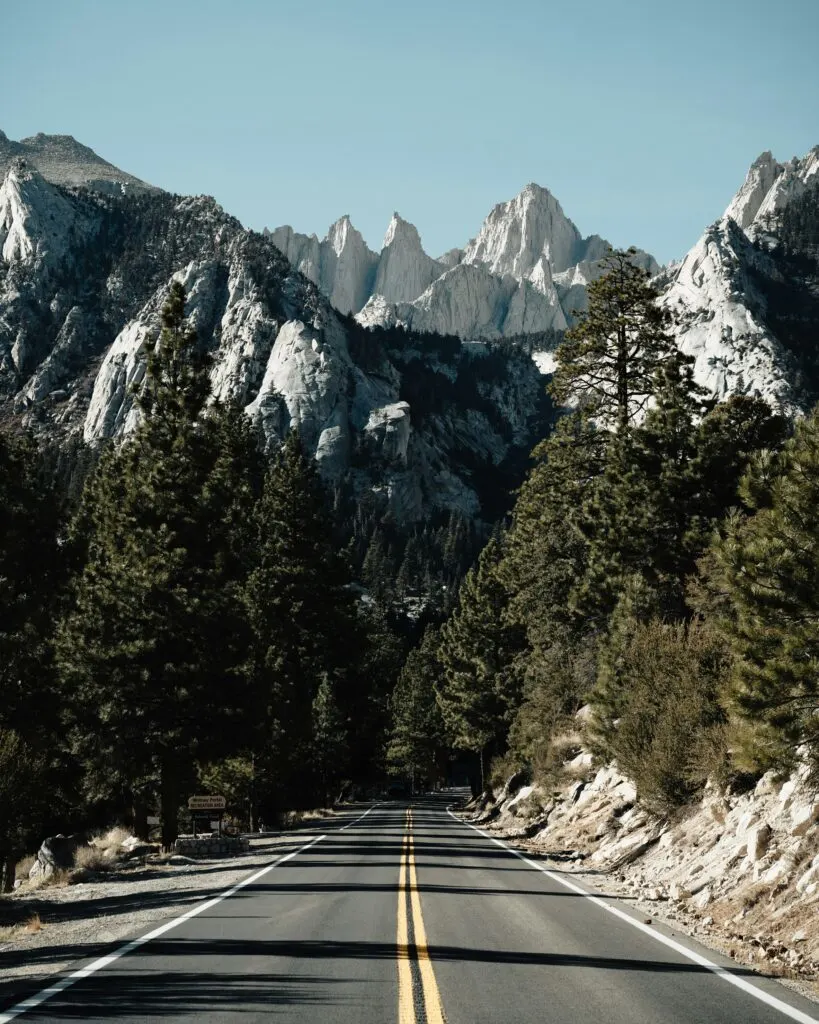
National Parks and Wilderness Areas
California is home to a vast array of national parks and wilderness areas, each offering unique opportunities to explore the state's stunning natural beauty. Here are three must-visit destinations for any nature lover:
Yosemite National Park
Located in the Sierra Nevada Mountains, Yosemite National Park is an iconic California destination. The park is known for its towering granite cliffs, cascading waterfalls, and giant sequoia trees. Some of the park's most popular attractions include Half Dome, El Capitan, and Yosemite Falls. Whether you're looking to hike, climb, or simply take in the scenery, Yosemite is sure to impress.
Sequoia National Park
If you're looking to experience some of the world's largest trees, Sequoia National Park is the place to be. The park is home to the General Sherman Tree, the largest tree in the world by volume. In addition to the giant sequoias, the park boasts stunning mountain scenery and a variety of outdoor activities, including hiking, camping, and fishing.
Shasta-Trinity National Forest
For a more off-the-beaten-path adventure, head to Shasta-Trinity National Forest. This expansive wilderness area covers over 2.2 million acres in Northern California, encompassing a diverse range of landscapes, from snow-capped mountains to lush forests. Some of the highlights of the forest include Mount Shasta, Trinity Lake, and the Pacific Crest Trail.
No matter which national park or wilderness area you choose to explore, you're sure to be awed by California's natural beauty. So pack your bags, lace up your hiking boots, and get ready to discover some of the state's most stunning landscapes.
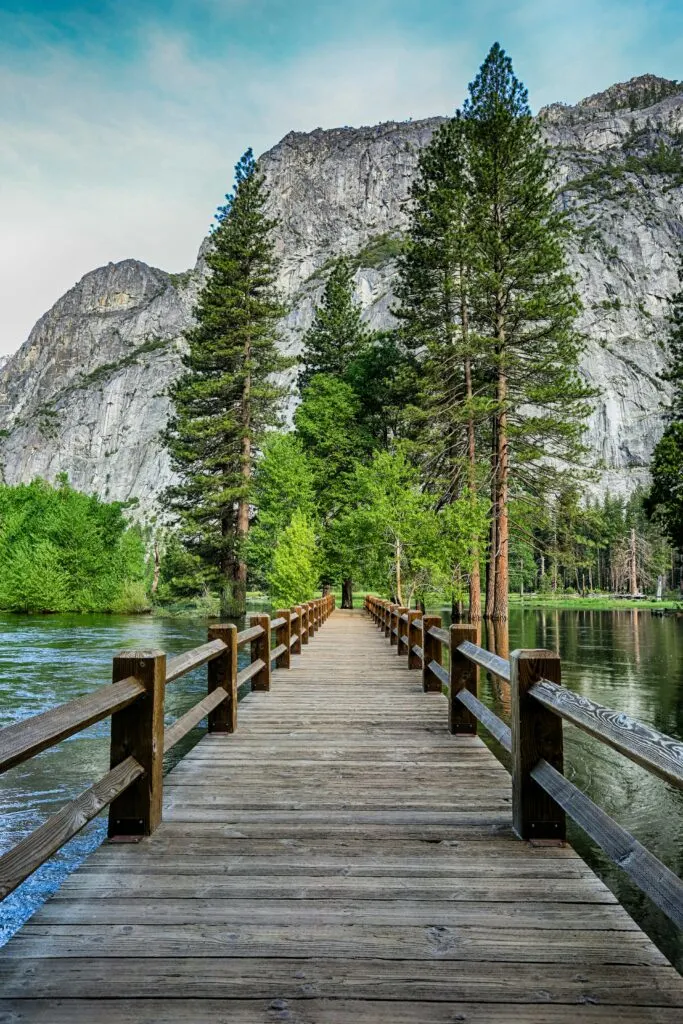
Recreational Activities in the Mountains
California's mountain ranges offer a diverse range of recreational activities for visitors. Whether you're looking to hike, ski, camp, or go white-water rafting, there's something for everyone in the mountains. Here are some of the most popular activities you can enjoy during your mountain adventure.
Hiking Trails
California's mountain ranges are home to some of the most picturesque hiking trails in the country. Yosemite National Park is a hiker's paradise, with over 750 miles of trails to explore. The Pacific Crest Trail, which runs from Mexico to Canada, also passes through California's mountain ranges. The John Muir Trail, named after the famous naturalist, is another popular hiking trail that offers stunning views of the Sierra Nevada mountains.
Skiing and Snow Sports
If you're looking for some winter fun, California's mountain ranges have plenty of ski resorts to choose from. Lake Tahoe is a popular destination for skiing and snowboarding, with several resorts located in the area. Mammoth Mountain, located in the Eastern Sierra, is another popular ski resort that offers a wide range of winter sports activities.
Camping and Rafting
Camping is a popular activity in California's mountain ranges, with several campgrounds located throughout the area. The Bigfoot Trail, which runs through the Klamath Mountains, is a popular destination for camping and hiking. If you're looking for some adventure, white-water rafting is also a popular activity in California's mountain ranges. The American River, which runs through the Sierra Nevada mountains, is a popular destination for white-water rafting.
In conclusion, California's mountain ranges offer a wide range of recreational activities for visitors. Whether you're looking to hike, ski, camp, or go white-water rafting, there's something for everyone in the mountains. So pack your bags, put on your hiking boots, and get ready for an adventure you'll never forget!
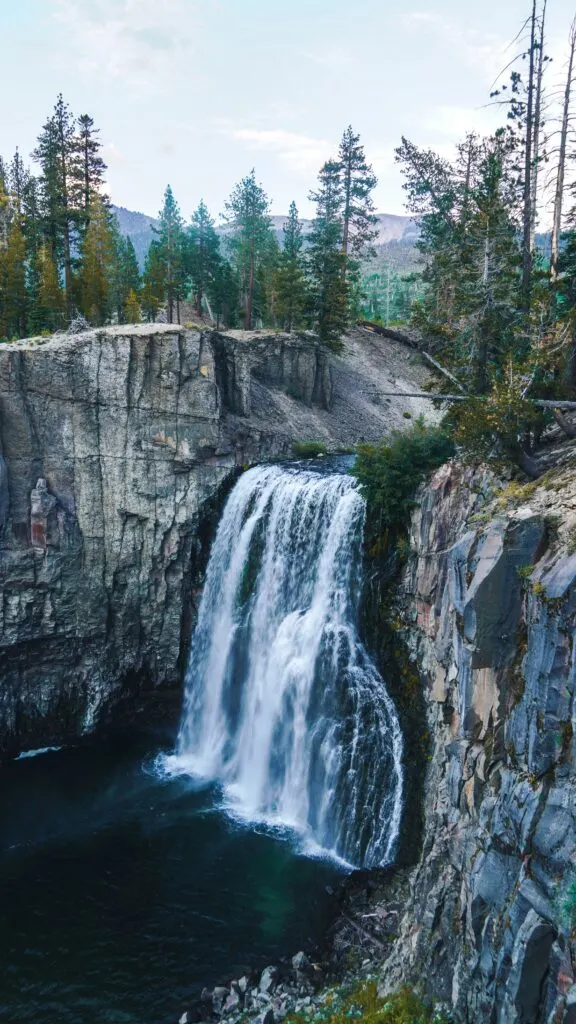
Flora and Fauna
California's mountain ranges are home to a diverse range of flora and fauna. The state's unique geography and climate result in a wide variety of habitats, from the towering redwood forests to the arid deserts. This diversity makes California one of the most biodiverse regions in the world.
Biodiversity
The state of California is home to over 6,500 species of plants, 650 species of birds, and 220 species of mammals, making it one of the most biodiverse regions in the world. The mountain ranges of California are particularly rich in biodiversity, with many unique species found nowhere else in the world.
One of the most iconic species found in California's mountain ranges is the coast redwood. These towering trees can reach heights of over 350 feet and are some of the oldest living organisms on the planet. Another notable species found in California's mountain ranges is the bristlecone pine, which can live for over 4,000 years.
Endemic Species
California's mountain ranges are also home to many endemic species, meaning species that are found nowhere else in the world. The unique habitats found in California's mountain ranges have allowed for the evolution of many unique species.
One example of an endemic species found in California's mountain ranges is the Sierra Nevada bighorn sheep. These sheep are found only in the Sierra Nevada mountain range and were once on the brink of extinction. Thanks to conservation efforts, their populations have rebounded in recent years.
Overall, California's mountain ranges are home to a rich diversity of flora and fauna, including many unique and endemic species. Whether you're a nature enthusiast or just looking to explore the great outdoors, California's mountain ranges offer something for everyone.
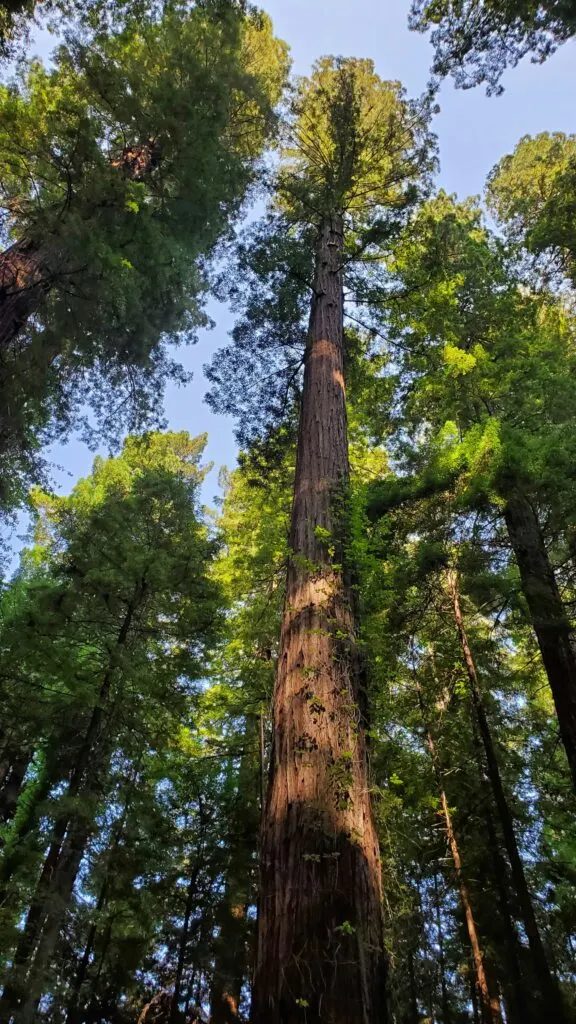
Related Post:
Historical Significance
California's mountain ranges have played a significant role in the state's history. The ranges have been home to Native American tribes for thousands of years. The tribes used the mountains for hunting, gathering, and spiritual practices. Today, many of the tribes still reside near the mountain ranges, and their culture and traditions continue to thrive.
Native American Heritage
The mountain ranges of California have a rich Native American heritage. The tribes that inhabited the region were known for their intricate basket weaving, which was used for storage, transportation, and trade. The tribes also used the mountains for hunting, gathering, and spiritual practices. The mountains were considered sacred, and many Native American tribes believed that they were home to powerful spirits.
Gold Rush Era
During the Gold Rush era, the mountain ranges of California became a hub of activity. The discovery of gold in 1848 brought thousands of people to the state, and many of them settled in the mountain ranges. The gold rush had a significant impact on California's economy and helped to shape the state's history. Today, many of the old mining towns can still be seen in the mountain ranges, and they serve as a reminder of California's rich history.
In addition to the Gold Rush, the mountain ranges of California played a significant role in the state's development. The ranges served as a barrier between California and Baja California, protecting the state from invasion. The mountain ranges also played a crucial role in the development of the state's infrastructure, as many of the roads and railways were built through the mountains.
Overall, the mountain ranges of California have played a significant role in the state's history. From the Native American tribes to the Gold Rush era, the ranges have been an essential part of California's development. Today, they continue to draw visitors from around the world, who come to experience the state's natural beauty and rich history.
Conservation Efforts
California mountain ranges are some of the most biodiverse regions in the country, with a wide variety of plant and animal species that call them home. As such, there have been numerous conservation efforts to protect these areas from environmental degradation and human encroachment.
Protected Areas
There are several protected areas in California mountain ranges, including national parks, wilderness areas, and nature preserves. These areas are managed by various government agencies and nonprofit organizations to ensure their long-term survival.
One of the most well-known protected areas in California is Yosemite National Park, which is home to several iconic landmarks such as Half Dome and El Capitan. The park is also home to a wide variety of plant and animal species, including black bears, mountain lions, and bald eagles.
Another important protected area is the San Gabriel Mountains National Monument, which was established in 2014 to protect the area's unique biodiversity and natural beauty. The monument is home to several endangered species, including the California condor and the mountain yellow-legged frog.
Environmental Challenges
Despite these conservation efforts, California mountain ranges face several environmental challenges, including climate change, wildfires, and habitat loss. These challenges can have a significant impact on the region's biodiversity and long-term survival.
Climate change, in particular, is a major concern for California mountain ranges. Rising temperatures and changing precipitation patterns can alter the distribution and abundance of plant and animal species, leading to declines in biodiversity.
Wildfires are also a major threat to California mountain ranges, especially in areas with dense vegetation. These fires can destroy habitats and displace wildlife, leading to long-term ecological damage.
Finally, habitat loss due to human encroachment is a significant issue in California mountain ranges. As more people move into the region, natural habitats are destroyed or fragmented, making it difficult for wildlife to thrive.
Overall, conservation efforts in California mountain ranges are critical to protecting the region's biodiversity and natural beauty. By working to address environmental challenges and protect important habitats, we can ensure that these areas remain a vital part of California's natural heritage for generations to come.
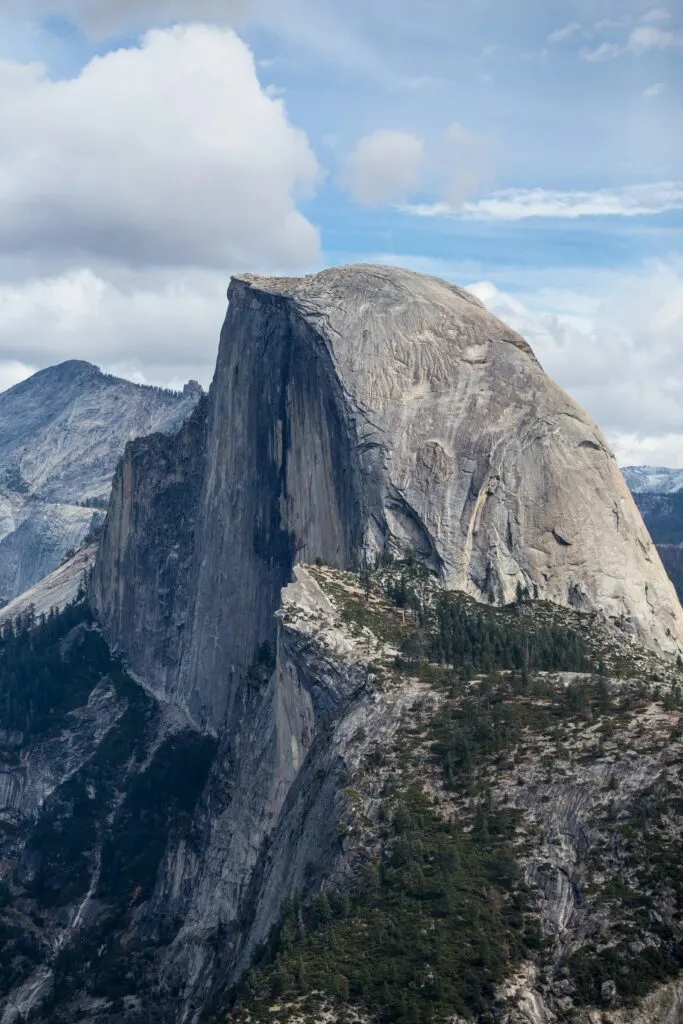
Mountain Ranges and the Climate
When it comes to California's mountain ranges, the climate can vary greatly depending on the location and elevation. In general, mountainous areas tend to be cooler and wetter than surrounding lowlands.
Weather Patterns
The Sierra Nevada range, for example, experiences a Mediterranean climate with hot, dry summers and cool, wet winters. The Cascade Range, on the other hand, has a more continental climate with colder temperatures and more precipitation throughout the year.
In California, the higher elevations of mountain ranges can also experience snow and ice, making them popular destinations for winter sports enthusiasts.
Climate Influence on Biodiversity
The climate of California's mountain ranges has a significant impact on the region's biodiversity. The Sierra Nevada, for example, is home to a wide range of plant and animal species, including the iconic giant sequoia trees. The cooler, wetter climate of the higher elevations provides a habitat for species that cannot survive in the hotter, drier lowlands.
Overall, the climate of California's mountain ranges plays a crucial role in shaping the region's ecology and providing unique habitats for a diverse array of species.
Cultural Impact
California's mountain ranges have had a significant impact on the state's culture. From literature and mythology to modern recreation and tourism, the mountains have played a vital role in shaping California's identity.
Literature and Mythology
California's mountains have been the subject of countless works of literature and mythology. For example, John Muir's “My First Summer in the Sierra” is a classic account of his adventures in the Sierra Nevada Mountains. The book helped to popularize the idea of wilderness conservation and inspired the creation of Yosemite National Park.
In addition to literature, California's mountains have also played a role in Native American mythology. The Intermountain area of California is home to several Native American tribes, including the Paiute, Shoshone, and Washoe. These tribes have rich cultural traditions that are closely tied to the land. For example, the Paiute have a creation myth that tells the story of how the mountains were formed.
Modern Recreation and Tourism
Today, California's mountain ranges are a popular destination for outdoor recreation and tourism. The state's ski resorts, such as Mammoth Mountain and Tahoe, attract millions of visitors each year. In addition to skiing, the mountains offer a wide range of activities, including hiking, camping, and rock climbing.
The Palm Springs Aerial Tramway is another popular attraction that takes visitors from the desert floor to the top of the San Jacinto Mountains. From the top, you can enjoy stunning views of the Coachella Valley and the surrounding mountains.
In conclusion, California's mountain ranges have had a significant impact on the state's culture. From literature and mythology to modern recreation and tourism, the mountains continue to play an important role in shaping California's identity.
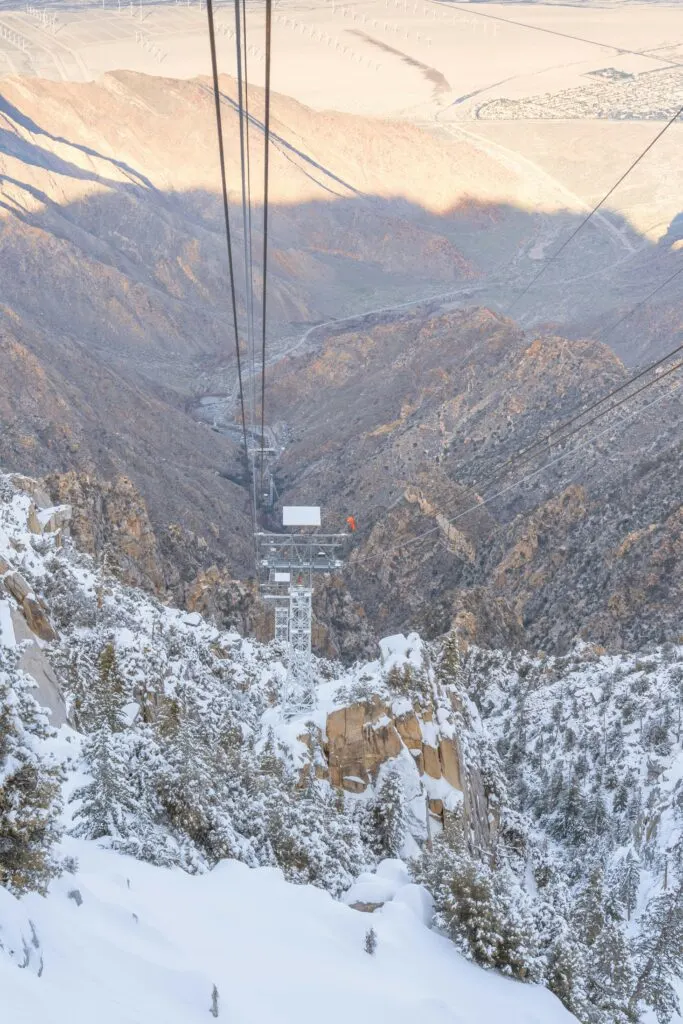
Geological Features
California is home to a diverse range of mountain ranges, each with its unique geological features. These features are a result of the state's complex geology, substantial faulting and tectonic activity. In this section, we will explore some of the most notable geological features of California's mountain ranges.
Volcanic Activity
Volcanic activity has played a significant role in shaping California's landscape. The Cascade Range, for example, is a volcanic mountain range that stretches from British Columbia to Northern California. It is home to several active and dormant volcanoes, including Mount Shasta and Lassen Peak. The Sierra Nevada, on the other hand, is a non-volcanic mountain range, but it does contain some volcanic features, such as the Long Valley Caldera.
Rock Formations
California's mountain ranges are also known for their unique rock formations. The Marble Mountains, located in Northern California, are named after the white marble that makes up a significant portion of the range. The Santa Cruz Mountains, on the other hand, are made up of a mix of sandstone, shale, and granite. The Topatopa Mountains, located in Ventura County, are known for their distinctive pink and white rock formations.
The Palomar Observatory, located in the Palomar Mountain Range, is home to one of the world's largest telescopes. The Diablo Range, which runs along the eastern side of the San Francisco Bay Area, is known for its rolling hills and grassy landscapes. The Mojave Desert, located in Southern California, is home to several mountain ranges, including the Snowy Peaks.
Overall, California's mountain ranges are a testament to the state's unique geology and diverse landscape. Whether you're a geology enthusiast or simply someone who enjoys exploring the great outdoors, California's mountain ranges are sure to impress.

Infrastructure and Accessibility
If you're planning a visit to California's mountain ranges, it's important to know how to get there and what facilities are available for visitors. Here's what you need to know:
Transportation to the Mountains
California's mountain ranges are accessible by car, bus, and train. If you're coming from San Francisco, Los Angeles, or San Diego, you can rent a car and drive to the mountains. The drive from San Francisco to the Sierra Nevada Mountains takes about 4 hours, while the drive from Los Angeles to the San Gabriel Mountains takes about 1.5 hours. If you prefer not to drive, you can take a bus or train to the mountains. Amtrak's California Zephyr train stops in Truckee, which is near the Sierra Nevada Mountains, and the Pacific Surfliner stops in Ventura, which is near the Santa Ynez Mountains.
Facilities for Visitors
California's mountain ranges have a variety of facilities for visitors, including campgrounds, hiking trails, and visitor centers. The Palm Springs Aerial Tramway is a popular attraction in the San Jacinto Mountains near Palm Springs. The tram takes you from the desert floor to an elevation of 8,516 feet, where you can enjoy hiking trails, a restaurant, and a gift shop. In the Santa Barbara Mountains, the Los Padres National Forest has campgrounds, hiking trails, and picnic areas. The forest also has a visitor center in Santa Barbara where you can get information about the area.
When visiting the mountains, it's important to be prepared for changing weather conditions. Bring layers of clothing, sunscreen, and plenty of water. If you plan to hike, make sure you have appropriate footwear and a map of the area. Keep in mind that some trails may be closed due to fire danger or other hazards. Check with the local ranger station or visitor center before heading out.
Overall, California's mountain ranges offer a variety of transportation options and facilities for visitors to enjoy. Whether you're looking for a scenic drive or a challenging hike, you'll find plenty to explore in the mountains.
Frequently Asked Questions
What are the main mountain ranges found in Southern California?
Southern California is home to several mountain ranges, including the San Gabriel Mountains, Santa Ana Mountains, San Jacinto Mountains, and the Santa Monica Mountains. These mountain ranges offer a variety of outdoor recreational activities, such as hiking, camping, and skiing.
Can you list the prominent peaks in the Sierra Nevada mountain range?
The Sierra Nevada mountain range is home to several prominent peaks, including Mount Whitney, which is the highest peak in the contiguous United States, and Mount Shasta, which is a popular destination for hikers and climbers. Other notable peaks in the Sierra Nevada range include Mount Langley, Mount Williamson, and Mount Tyndall.
Where can I find a detailed map of California's mountain ranges?
If you're looking for a detailed map of California's mountain ranges, you can check out the California Trail Center website. They have an interactive map that shows the location of California's major mountain ranges and peaks.
What are some charming mountain towns to visit in California?
California is home to several charming mountain towns, including Julian, which is known for its apple pies, Idyllwild, which is a popular destination for hikers and campers, and Big Bear Lake, which is a popular ski resort town.
Which is the largest mountain range in California?
The largest mountain range in California is the Sierra Nevada range, which stretches more than 400 miles from north to south.
In which mountain range is Lake Tahoe located?
Lake Tahoe is located in the Sierra Nevada mountain range, which straddles the border between California and Nevada. The lake is a popular destination for outdoor recreational activities, such as skiing, hiking, and boating.
